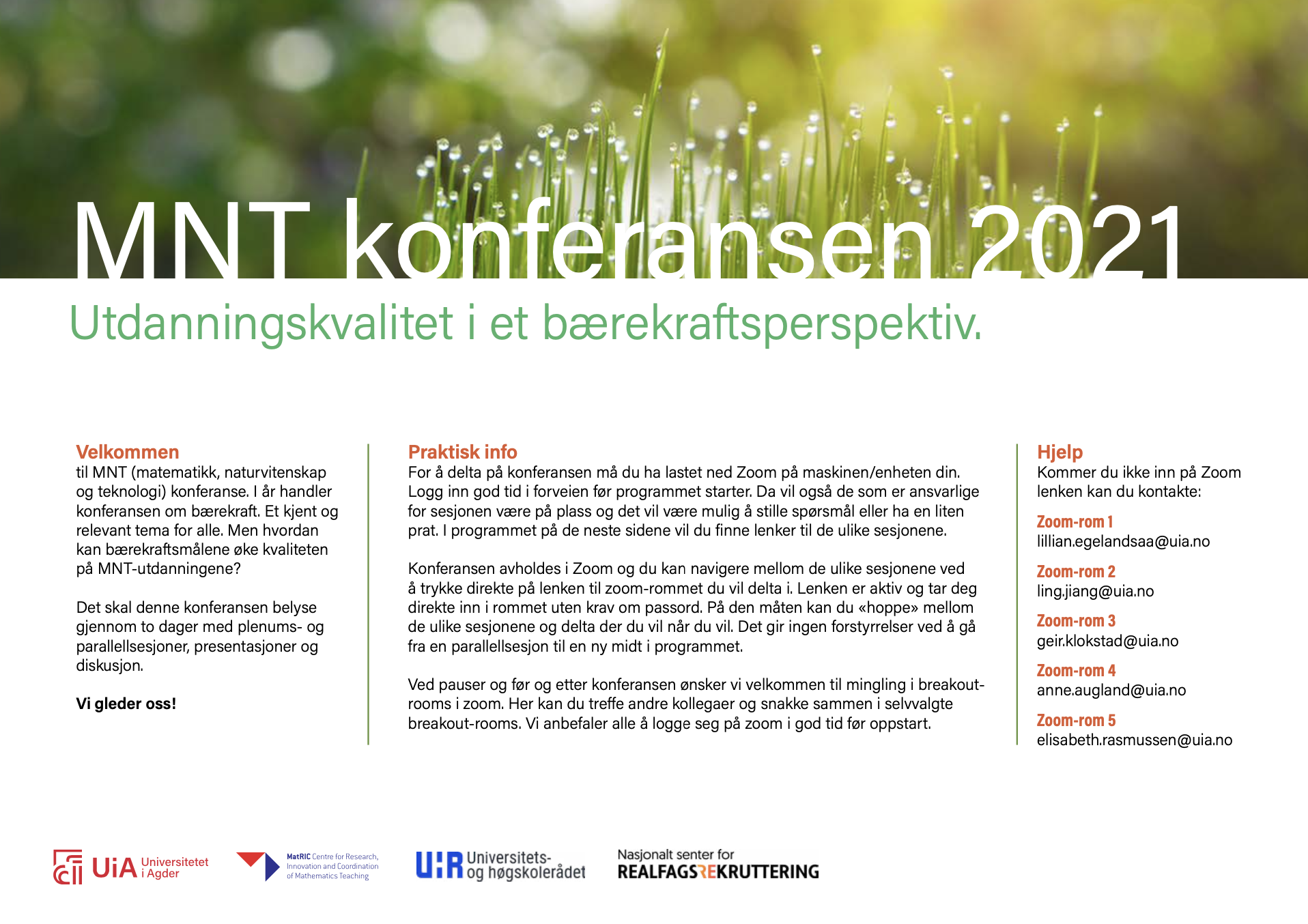The culture of product development in student organisations
DOI:
https://doi.org/10.5324/njsteme.v5i1.3920Abstract
Product development in a multidisciplinary student organisation brings many challenges; varying experience, adaptation and involvement of members. This article will discuss how a multidisciplinary student project maintains a learning culture for product development and project management. The identified factors for a learning culture; 1) define product specifications, 2) involve alumnis, 3) facilitate an open minded culture for failure and learning and 4) collect experience and adapt an agile framework suitable for the project. These are factors that should be an implemented part to increase the chances of maintaining a learning culture. Align Racing UiA, the case of this study, is a student organisation with over 60 engaged students in multi-disciplinary challenges. The common team goal is to produce one race car a year and compete in Formula Student. The rules for the technical side of the project are substantial, resulting in concrete boundaries to realize the project. However, every piece of the car is designed, produced and assembled by the members. Looking at the first year of Align Racing UiA, the initial project management was not optimal for a student project of this scale. Consequently, it was realized that a strong emphasis on project management, agile development method and communication would be key to a more efficient product development and project management.
Downloads
Downloads
Published
Issue
Section
License
Copyright (c) 2021 Andreas Wæhle, Jørgen Nilsen, Sigurd Tollevik, Nora Rogne, Stian Westbye, Kjell G. Robbersmyr

This work is licensed under a Creative Commons Attribution 4.0 International License.
The Nordic Journal of STEM Education licenses all content of the journal under a Creative Commons Attribution (CC-BY) licence. This means, among other things, that anyone is free to copy and distribute the content, as long as they give proper credit to the author(s) and the journal. For further information, see Creative Commons website for human readable or lawyer readable versions.
Authors who publish with this journal agree to the following terms:
1. Authors retain copyright and grant the journal right of first publication with the work simultaneously licensed under a Creative Commons Attribution License that allows others to share the work with an acknowledgement of the work's authorship and initial publication in this journal.
2. Authors are able to enter into separate, additional contractual arrangements for the non-exclusive distribution of the journal's published version of the work (e.g., post it to an institutional repository or publish it in a book), with an acknowledgement of its initial publication in this journal.
3. Authors are permitted and encouraged to post their work online (e.g., in institutional repositories or on their website) prior to and during the submission process, as it can lead to productive exchanges, as well as earlier and greater citation of published work (See The Effect of Open Access

